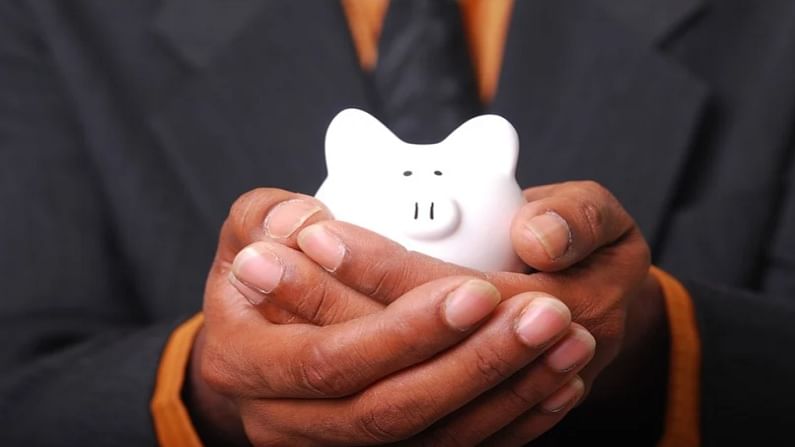Further cut in small saving scheme interest rates will hurt the ordinary saver
A sharp cut in interest rates on small saving schemes will end up punishing the common man. The schemes are generally used by those who are not savvy at money management and stay away from other investment instruments.

Interest rates on small savings schemes (SSS) are going to come up for reset on June 30. The last time around, the quarterly reset of interest rates ended in a fiasco, with the government backtracking on the rate cuts within half a day of them being announced.
On March 31, 2021, the government had announced a sharp cut in the interest rates payable on SSS. However, possibly fearing an adverse reaction on the then forthcoming assembly elections in four states and a Union Territory, the government withdrew the cuts saying that they were announced due to “oversight’.
Cut to present, and the scenario seems ripe for the government going in for an interest rate cut on SSS. Retail inflation in April 2021 has moderated to 4.29 per cent, well within the Reserve Bank of India’s comfort zone. This has sparked murmurs that the SSS interest rates are certainly going to see a further trimming when they come up for reset on June 30.
The rationale doled out is that small saving schemes are offering much higher rates of interest than inflation. Interest rate on Public Provident Fund (PPF) stands at 7.1%, National Savings Certificate (NSC) 6.8%, Senior Citizens Savings Scheme (SCSC) 7.4%, Sukanya Samriddhi Scheme (SSC) 7.6% and Kisan Vikas Patra (KVP) 6.9%.
But should one just consider one month’s inflation numbers to come to a conclusion? For the last year when the interest rates were cut aggressively and inflation numbers were high, for months savers were paid negative real interest rates on bank fixed deposit – a situation peculiar when the nominal rate of interest is lower than the rate of inflation.
In theory, interest is the reward paid to the saver who is willing to forego consumption today to earn a little bit more in future. The SSS saver needs to be also compensated for the erosion caused by inflation to his purchasing power.
Also Read: Small savings schemes rates — Time for a rate cut to boost real estate?
For many years, the world has seen many economies, including India, going in for a series of interest rate cuts which ultimately result in punishing savers. However, benign inflation in developed markets over the last one decade makes it relatively less pinching. Also, many have moved to investing in risky assets such as stocks to compensate for loss of income in their fixed income portfolios.
The trend is seen accelerating in the last year. More and more money is getting infused into the system in a low interest rate environment by central bankers worldwide. This has unleashed an inflationary trend. Though inflation is said to be transitory, many experts believe it can actually turn out to be sticky.
On this backdrop, a sharp cut in interest rates on SSS may not be called for at this point as it will end up punishing the common man. Saving in SSS is generally made by those who are not savvy at money management and stay away from other investment instruments. The savers are mainly risk-averse people who are comfortable with a slightly higher interest rate over inflation given the safety of their money and regular income that these instruments provide.
Also many of the savers are retirees for whom SSS provide a source of regular income on their savings along with government guarantee. Many of the schemes such as SCSS, SSY and PPF are targeted towards the welfare of certain sections. Slashing interest rates on these schemes will hurt those who need them most. Doing so, especially in times such as Covid-19 pandemic, will add to the pain. All over the world, the governments are providing money to jobless and needy to help stay above the water.
In India, paying a percentage more than the market rate on SSS is not going to hurt the Government much. Also the money invested in SSS, is effectively lent by the saver to the government, which has already announced its largest ever borrowing programme. Offering attractive interest rates on SSS can help the government to get more savings channelized into these schemes, while benefiting savers who need some support in the difficult times.